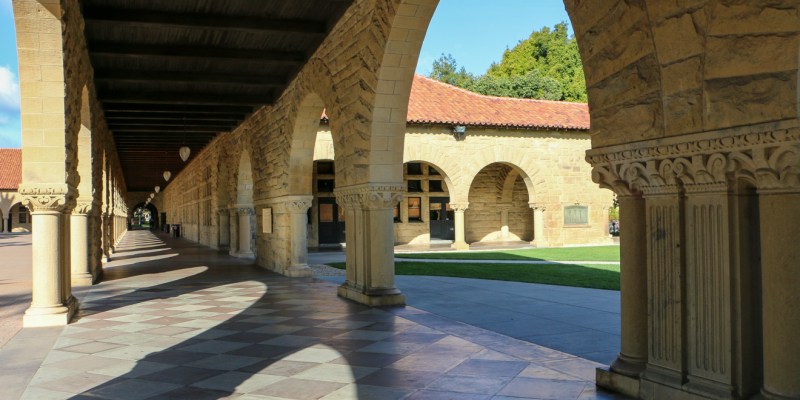Long-range planning and increases in tuition and financial aid for 2018-19 were chief topics of concern in the Board of Trustees’ meetings on Feb. 11 and 13.
Tuition increases
The Trustees approved a 3.5 percent increase in undergraduate tuition for the next academic year, as well as a 4.5 percent increase in room and board charges and a 3.3 percent increase in the campus health fee. These increases will raise the total charge of attendance from $64,729 this year to $67,117 in the 2018-19 school year.
Tuition comprises 51 percent of Stanford’s $1.45 billion general funds budget, which supports all of the University’s academic programs, infrastructure and other services.
The Trustees plan to offset the increase in tuition and fees by increasing financial aid by 5.4 percent, setting aside $162 million for financial aid. They also plan to maintain the current policy of providing free tuition for families with incomes below $125,000 and free attendance for families with incomes below $65,000.
“We want to continue to meet the full demonstrated need for every student admitted to Stanford without having people needing to borrow,” Board Chair Jeffrey Raikes ’80 said.
Currently, the average scholarship for undergraduates who receive need-based aid, a group which comprise 47 percent of the student body, is $44,894.
The 3.5 percent increase in tuition is equivalent to the increase between the 2016-17 and 2017-18 school years. The ‘net price’ of attendance, which is the average price students pay after financial aid and scholarships and is adjusted for inflation, has increased 0.6 percent each year over the past 10 years, according to Stanford News.
Tuition for graduate and professional students will also increase by 3.5 percent in the upcoming academic year. However, tuition will increase by just 2.5 percent for first-year MBA students at the Graduate School of Business (GSB), and will remain unchanged for students in the GSB’s MSx program.
Long-range planning
University President Marc Tessier-Lavigne, Microsoft founder Bill Gates and Freeman Spogli Institute Senior Fellow Jeremy Weinstein visited the Trustees to discuss long-range planning.
“[Gates] was very energized by Stanford – its role in the world and what we can do to shape our long-range plan to be an even greater contributor in the world,” Raikes said.
Raikes also expressed his and Tessier-Lavigne’s enthusiasm for the program.
“We really like how Marc [Tessier-Lavigne] reached out to the broad community to get ideas from alumni and faculty,” Raikes said. “We had more than 2,500 ideas submitted. What has been happening in the fall is analyzing and summarizing those ideas.”
They plan to spend their board retreat in April focusing on long-range planning and discussing the white papers which summarize the Stanford community’s input on the project.
Raikes stated that plans to construct graduate housing have been approved and are expected to be completed by Sept. 2020. Plans to complete the Athletic Academic Resource Center, which aims to help student-athletes in their academic development, were also approved, and construction is set to be completed by spring 2019.
Contact Julia Ingram at jmingram ‘at’ stanford.edu.
